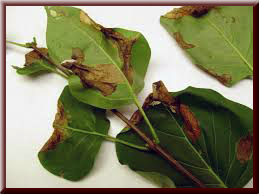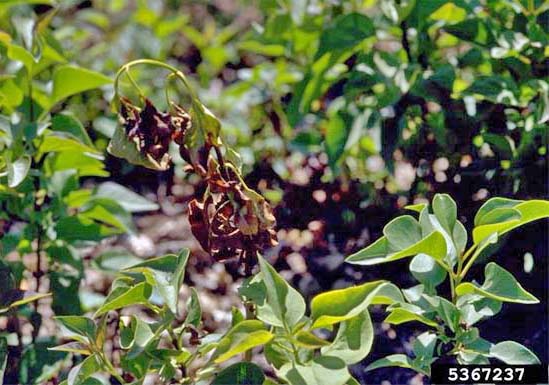
In cases of severe overwatering, the leaves may start to drop off, ultimately resulting in the death of the plant. The soil surrounding the lilac may also be overly wet and soggy. In addition, the foliage may have small spots or specks. The needles or leaves will become yellow or brown, and the stems and branches may weaken and appear limp. What does an overwatered lilac look like?Īn overwatered lilac will generally look limp and wilted, with leaves that are discolored and dull. A soil test can help determine if the plant needs more nutrients, disease can be treated with fungicides or bactericides, environmental stress can be reversed by giving your plant enough water and light, and insect infestations can be treated with appropriate pesticides. Overall, there are several possible causes for your lilac bush’s curled and brown leaves. These pests can be treated with a pesticide or other appropriate insect control products. Insects such as aphids or scale can infest the lilac and sap its energy, leading to symptoms such as curled and brown leaves. Regularly watering your plant and providing it with enough light and protection from the cold should help reverse this damage.įinally, pests can also cause leaves to curl and turn brown. It could be that the lilac is receiving too much direct sunlight, not enough water, or is exposed to cold temperatures. If this is the case, you can treat the infection with an appropriate fungicide or bactericide.Įnvironmental factors can also cause your leaves to curl and turn brown.

Fungal and bacterial infections can lead to symptoms such as curled and brown leaves. A soil test can help determine what your lilac is lacking, and you can add a balanced fertilizer as a solution.Īnother cause of curling and brown leaves can be disease. Lilacs need a balanced diet of nitrogen, phosphorus, and potassium. One possibility is a nutrient deficiency. Why are the leaves on my lilac bush curling and turning brown? Lastly, always maintain good hygiene when dealing with lilacs – use only clean tools and equipment when handling them and make sure to sanitize your tools in between uses. Additionally, avoid over-fertilizing your plants as this can lead to an overabundance of nitrogen, which can increase plant stress and make the plant more vulnerable to infection. Pesticides should only be used as a last resort since lilacs are generally considered to be sensitive to chemical products. This should be done every 7-14 days until the infection ratio decreases.

With chemical controls, a broad-spectrum bactericide like Copper Sulfate or Bordeaux Mixture can be sprayed on the affected areas of the lilac to control the infection.

Prune Lilacs in the late fall or winter (when the plant is dormant) to help reduce plant stress and minimize the bacterial blight. First, remove and dispose of infected branches, twigs, and leaves to prevent the spread of the disease. Treating lilac bacterial blight can be done primarily with chemical control and cultural management of the plant.


 0 kommentar(er)
0 kommentar(er)
